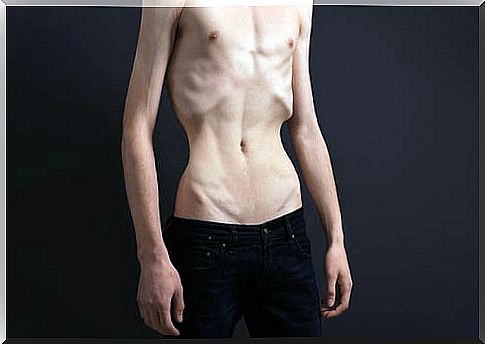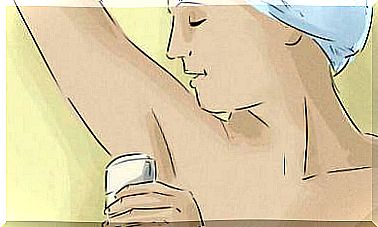Anorexia, What Factors Influence Its Appearance?
Although there is no fixed profile to predict which people will suffer from anorexia, we can establish some predisposing factors.

Anorexia is characterized by self-inflicted weight loss. Since it is the person himself who applies strict restrictions and diets in order to reduce his weight. Even with the danger that this entails for their integrity.
An intense concern about weight appears, which leads the person to seek strategies and methods of purging such as vomiting or low-calorie diets. Depending on the patient’s behavior, two types of anorexia are classified:
- Restrictive. Where the person reduces caloric foods in the diet, eliminates intakes or fasts. An excess of physical exercise can also appear.
- Bulimic. In these cases, patients have bingeing or high food intake that is compensated by vomiting, use of laxatives, diuretics or enemas.
This categorization is not strict, since in many cases the person migrates from a bulimic profile to a restrictive one. The inverse relationship is hardly true. This would correlate with an increase in the severity of the disease.
Various factors participate in its etiology, although there are aspects that may increase the risk of a case of anorexia.
Family factors of anorexia

Although it is not a direct association, some parenting styles and family styles may be related to vulnerability to anorexia.
- Emotional coldness.
- Attachment bonding problems.
- Perfectionism and rigidity (Coo-Darzens et al., 2005).
- Lack of communication between family members.
- Overprotection (Dare, 1993; Tachi, 1999; Vázquez et al., 2001).
The fact is that there is no cohesion between the results of the studies, but as we say there is a certain vulnerability associated with the family.
Cultural factors
Unfortunately, the pressure of beauty standards and physical prototypes exists and surrounds us. It is a cultural factor that promotes thinness while generating the objectification of the body as a standard of social and personal success.
These messages, often subliminal in the form of advertisements or fashion trends, can impact young people, the population most vulnerable to developing an eating disorder. Comparing your body to stereotypes can lead to feelings of dislike, shame, and rejection.
We must add the fact that during adolescence a strong desire to fit into the social group is generated. Today, the physical appearance serves as a cover letter and can determine the inclusion of the person in the group.
This pressure, added to the cultural messages received, can favor the development of a disorder.
Individual factors in anorexia

Personality
Although not always, in general in cases of anorexia we find people who tend to perfectionism. These are obsessive-compulsive profiles where the person presents cognitive rigidity.
It is also usually related to factors such as low self-esteem or lack of social support and coping resources. For this reason, the person centralizes weight and body image as a central aspect in his life.
Perform diets
Diets are a trigger for anorexia. For a vulnerable person, observing the results of a diet in their body can cause the disease to debut.
In this sense, other factors such as the social gratification that a person can receive for “improving their appearance” by losing weight can promote the disorder to settle.
Since it is the disorder with the highest mortality rate in mental health, it is essential to prevent its appearance. One way would be to address vulnerability factors. To do this, it is recommended to facilitate emotional regulation, enhance self-esteem or promote resilience from an early age.
Also, an early approach can help make your treatment more effective. That is why it is crucial to see a specialist before the problem sets in.








